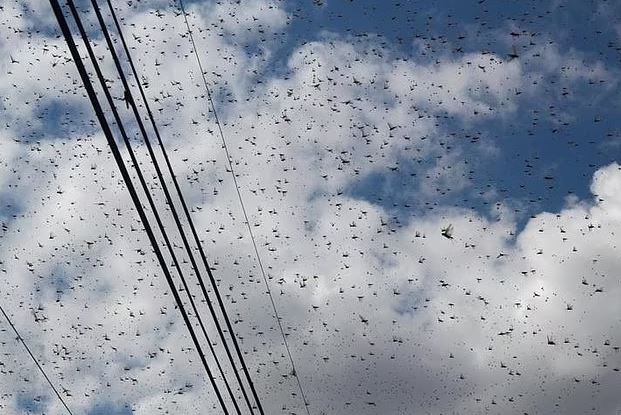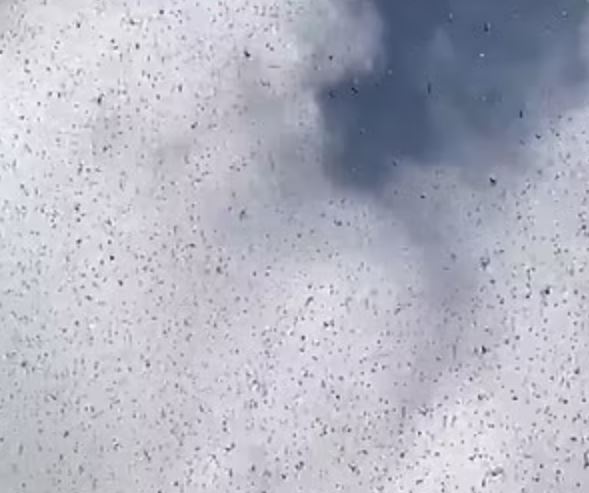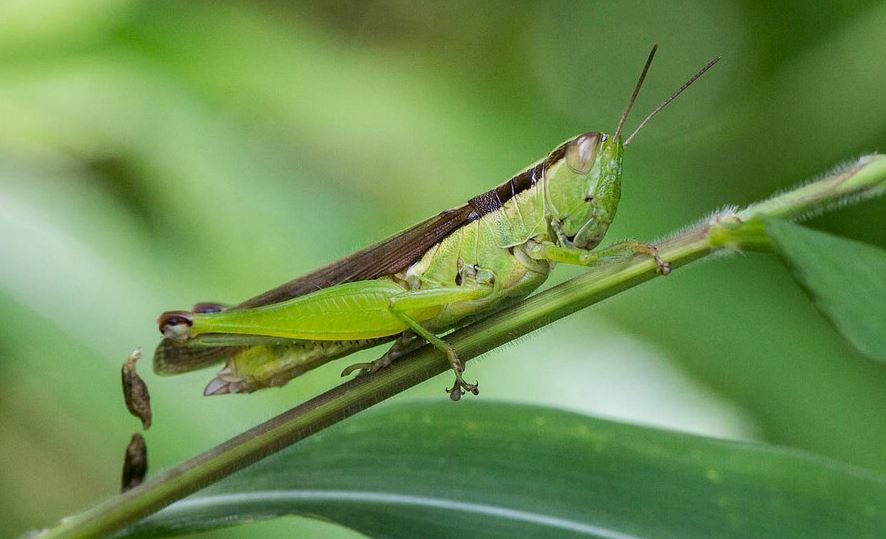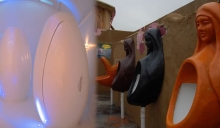
The end of the world is subject to numerous theories, but many prophecies claim that there will be obvious indicators that it is approaching.
In biblical tales, the idea of hordes of insects—more especially, locusts—filling the sky appears frequently, signifying the impending end of the world. That is why the population of Merida, a town close to Cancun, Mexico, was so terrified when a plague of locusts covered the sky, turning it pitch-black.
The sky was suddenly covered in locusts like in a biblical prophecy, terrifying the locals of Merids, near Cancun, Mexico. Some even thought this was a sign of the impending "apocalypse."

Last Tuesday afternoon, as miles-long swarms of locusts flooded over Mérida, the capital of the Mexican state of Yucatán, the skies over southeastern Mexico grew darker.
Gonzalez Jose, a resident, and Gabriel Merino, a theoretical chemist in the area who oversees the Merino Lab at the Centro de Investigación y de Estudios Avanzados, Unidad Mérida, shared videos of Tuesday afternoon's swarms on X.

The video has the caption:
'The end of the world,' ('El fin del mundo.)
'Invasion of locusts in Mérida.' (Invasión de langostas en Mérida.').

Below the post, numerous viewers were shocked after witnessing miles-long swarms of locusts flooding the sky.
One person said: These are the end times. It's just going to take a long, slow, and painful time
A second said: That's because it is; we are now living in end times!
While a third commented: This is the end of the world.

A newspaper from Latin America that reported on the incident cited Revelation 9:3. 'And there came out of the smoke locusts upon the earth, and unto them was given power, as the scorpions of the earth have power.'
The state capitol's western and northern regions saw the greatest densities of locusts, according to local news reports.

Local authorities, on the other hand, were not as dramatic, telling reporters that they expected the locusts to leave the city without causing damage to nearby crops.
The locusts are originally from rural, verdant areas to the northwest. The insect, officially known as the Central American locust (CAL), made its way to the capital of Yucatán.

Yucatán is located far south of the US-Mexico border. It is most known for being the site of the infamous Chicxulub impact crater, which predicted the apocalyptic extinction of the dinosaurs.




